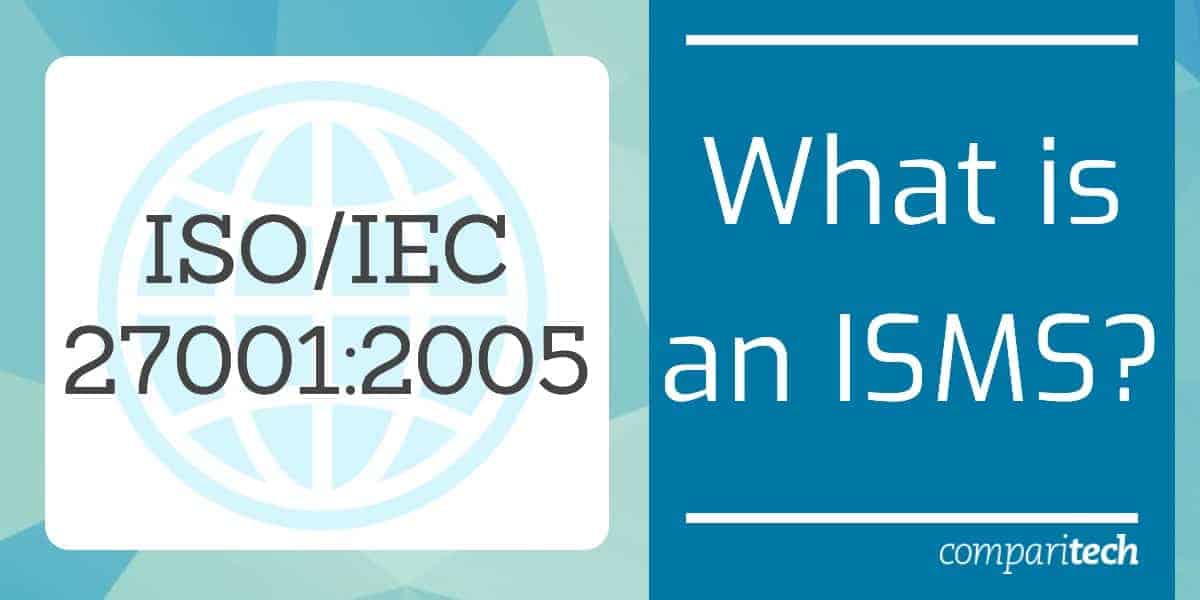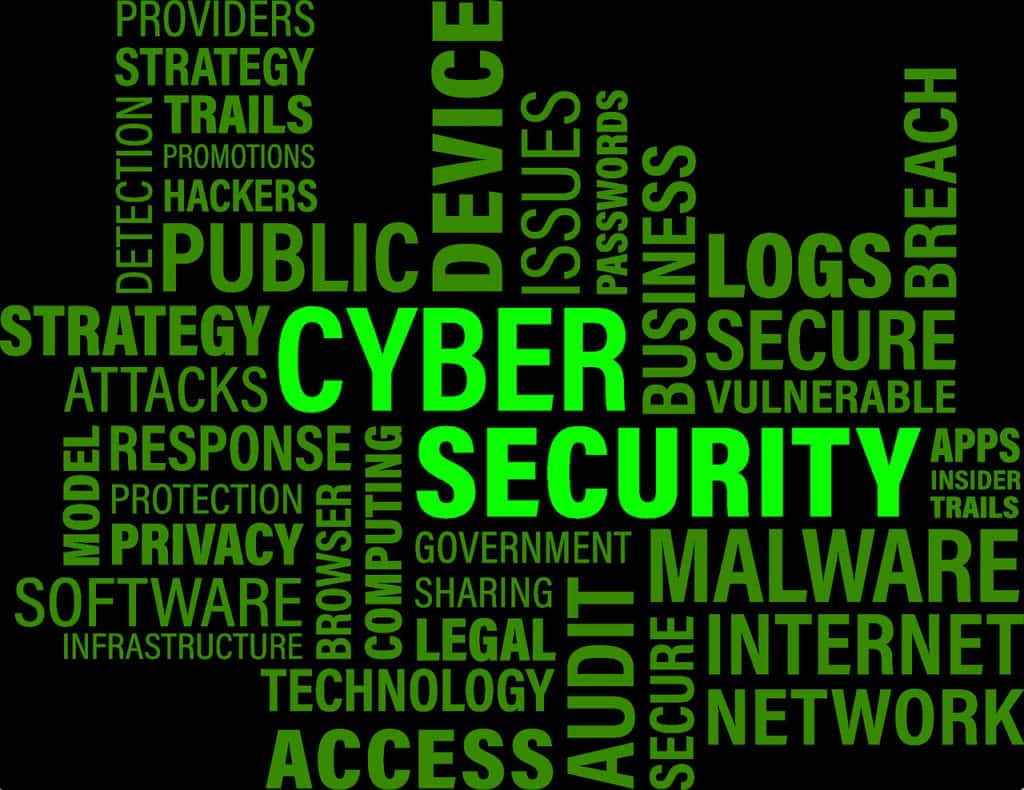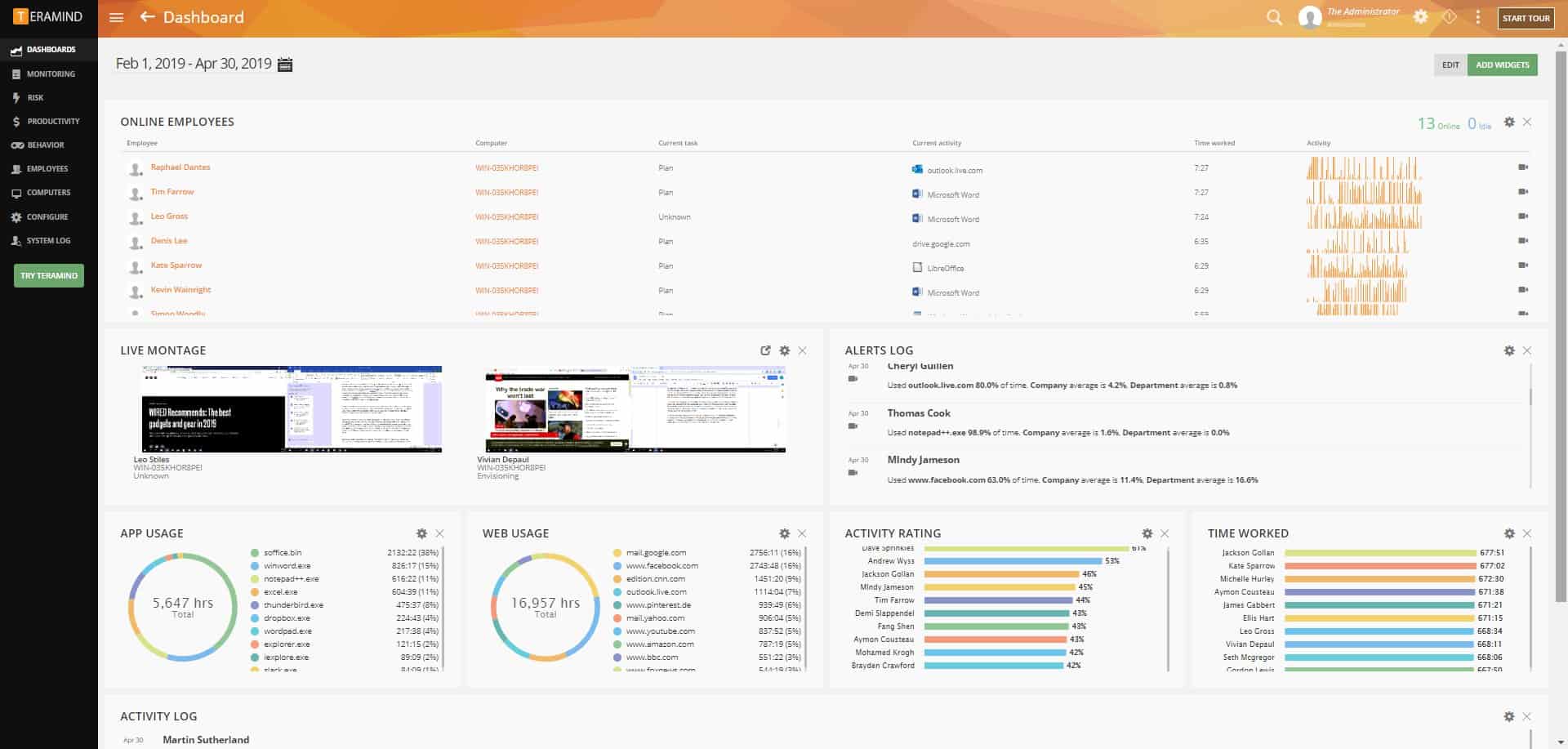Dealing with cybersecurity threats isn’t a matter of installing an antivirus solution and putting your feet up. Staying protected against the latest threats is about building security-conscious company culture with processes designed to minimize vulnerabilities. An Information Security Management System (ISMS) is one of the common ways that companies are doing this. But what is an ISMS?
ISMS Explained
An Information Security Management System (ISMS) is a comprehensive framework used to manage and protect an organization’s sensitive information. It consists of policies, procedures, and controls designed to ensure the confidentiality, integrity, and availability of data. By implementing an ISMS, organizations can protect their information from cyber threats, data breaches, and unauthorized access, while complying with legal, regulatory, and contractual requirements.
Key components of an ISMS include:
- Risk Assessment: This is a critical process that helps identify potential threats to information security and evaluates the risks associated with those threats. It guides decision-making about where to focus resources to reduce risk and protect valuable assets.
- Security Policy: An essential document that outlines the organization’s approach to information security. It includes the rules and guidelines governing data handling, access controls, and acceptable use policies, and ensures that all employees understand their responsibilities.
- Asset Management: This involves identifying and managing critical information assets. By categorizing and tracking these assets, organizations can implement appropriate security controls and ensure proper protection of their most valuable information.
- Incident Management: This refers to the processes in place for detecting, reporting, and responding to security incidents. Having an effective incident management plan ensures quick recovery and minimizes damage during a security breach.
- Personnel Security: This includes background checks, training, and awareness programs for staff members to ensure they understand information security practices. It also ensures that employees are granted appropriate access based on their roles.
- Physical and Environmental Security: This ensures the protection of physical premises and infrastructure from unauthorized access, natural disasters, and other physical threats. Controls like surveillance, access restrictions, and disaster recovery plans are part of this component.
By integrating these elements, an ISMS ensures the security of sensitive data and enhances the organization’s ability to respond effectively to evolving cyber threats.
The key standard for implementing an ISMS is the ISO/IEC 27001, an internationally recognized standard that provides a systematic approach to managing sensitive company information. The ISO/IEC 27001 framework requires organizations to assess their information security risks, design and implement policies and controls, and continuously review and improve their information security management practices.
An ISMS is not a one-time setup but requires ongoing management. Regular audits, risk assessments, and employee training are necessary to ensure that the system remains effective as the threat landscape evolves. By maintaining an ISMS, companies can not only protect their data but also enhance trust with clients, customers, and partners, demonstrating a commitment to securing sensitive information.
ISO 27001: The Security Standard for ISMS
The information included in ISO 27001 sets out a specification or clear framework for how to build an ISMS and protect important data. ISO 27002 provides additional guidance and best practices that you can use to implement the specification. While ISO certification is advisable it isn’t legally mandated.
However, if ISO/IEC 27001 compliance is commonplace in your industry achieving certification is advisable (particularly if your customers expect a higher degree of protection). It is important to note that the ISO doesn’t conduct certification directly, instead you must achieve certification from an external body.
ISO compliance is a competitive advantage because you can signal to customers that you have the necessary measures in place to protect their confidential data from unauthorized disclosure or theft.
There is a range of mandatory forms of documentation and records that you need to take to comply with the ISO / IEC 27001 standard. These are as follows:
- ISMS scope – Sets out the purpose and boundaries of the certified ISMS for example.
- Information security policy – A policy that shows senior stakeholders’ commitment and commits to the continuous improvement of the ISMS.
- Information security risk access process documentation – A documented risk assessment procedure that explains how you identify, evaluate, and address risk factors.
- Information security risk treatment statement of applicability – Sets the risk and security controls relevant to your ISMS.
- Information security risk treatment process – Evidence of a written policy for identifying and implementing risk treatments.
- Information security objectives and plans – Retain documentation with specific risk and security objectives.
- Competence – Use HR records to document the competence, experience, and qualifications of employees.
- Operational planning and control procedures – Keep documentation like reports, plans, policies, guidelines, budgets, and other compliance activities.
- Risk assessment results – Information gathered from your risk assessment process including reports, metrics, prioritized lists, and catalogs.
- Risk treatment results – Proof that risks have been treated like penetration test reports, control test reports, audit reports, etc.
- Metrics – Security metrics used to monitor risks, documentation like dashboards, reports, presentations are sufficient here.
- ISMS internal audits – Create an audit report to detail findings, conclusions, and recommendations.
- ISMS management reviews – Create ISMS management review reports to show management is involved in the ISMS.
- Nonconformities and corrective actions – Any requirements you haven’t met should be regularly identified, addressed, and reviewed.
Why You Need an ISMS
Beyond compliance with ISO 27001, maintaining an ISMS is important because it helps you implement measures to protect the information you hold. A more comprehensive cybersecurity policy means you can secure digital information and respond to cyberattacks more effectively.
Without an ISMS you don’t have a unified plan in place to protect yourself from cyberattacks. Given the range of ways, an attacker can compromise your network you need to have a unified protection and continuity plan in place to stay protected. When a successful cyber attack can cost you tens of thousands it makes sense to invest in an ISMS.
Complying with the ISO 27001 and gaining certification also makes sense from the perspective of your clients. Consumers as a whole are becoming more security conscious and concerned about how their data is handled. Certification allows you to publicize your commitment to data protection and gain the confidence of your customers.
The Benefits of an ISMS
Taking the time to design an ISMS has many practical benefits. You can not only capitalize on a rise in the general awareness of cyber threats but also start to eliminate entry points and train your team to respond to security threats correctly. The benefits of an ISMS are as follows:
- Greater protection of sensitive data
- Protecting against the latest threats
- Increased resistance to attacks
- Reduce costs
Greater Protection of Sensitive Data
The first advantage gained with an ISMS is that you improve your information-handling practices and keep your data more secure. All the policies that you design and implement are there to keep your data safe from unauthorized access. Running a risk assessment that is customized to your company helps you produce a custom strategy that addresses those specific vulnerabilities.
An ISMS goes a step further than a more generic security policy because it seeks to manage threats that are specific to your enterprise, from employee controls to physical hazards and environmental security concerns.
Protecting Against the Latest Threats
Implementing an ISMS from scratch helps you drag your cybersecurity practices up to date. Cyber threats are constantly evolving, and running a comprehensive risk assessment enables you to raise awareness of new threats that you need to defend against. Recognizing new threats (such as application-layer attacks) is critical for developing an evolving cybersecurity policy.
Many companies without an ISMS fall into the trap of relying on cybersecurity policies that are out of date. Outdated cybersecurity practices leave you vulnerable to attackers who are finding new ways to breach enterprise networks. Keeping updated on the latest threats means you’ll be more aware of emerging risk factors.
Increased Resistance to Attacks
Building a company culture with clearly defined attack remediation measures gives you an increased ability to resist cyber attackers. You will have documented safeguards in place to flag attacks when they occur. Maintaining documentation that your employees are familiar with will enable them to run effective incident management.
How quickly you respond to an attack will determine the amount of damage and disruption done to your company. By having well-documented security policies you enable your team to respond intelligently in the aftermath of an attack. For example, if your network is targeted by a DDoS attack a designated employee can immediately start remediation to try and maintain service.
Reduce Costs
An ISMS reduces costs by cutting the amount of money you spend on the technology you don’t need. By completing a risk assessment you can limit your spending to protecting those assets that are most at risk. A customized, risk-centered approach is more effective than a strategy based on “spray and pray”.
The improved resistance and remediation capabilities that an ISMS will deliver for your company will also keep downtime to a minimum. Together these factors can save a substantial amount of money.
Software for ISMS Compliance
Working towards ISO 27001 compliance and certification is a challenge but you can make the process much easier by using software to support as part of your ISMS. There are many programs designed to function alongside an ISMS and monitor risk factors through a digital platform.
Having the software necessary to give you top-down information on security threats makes it easier to comply with ISO 27001 and respond to security events.
Teramind
Teramind is a user activity and threat detection platform that has many built-in features to support ISO 27001 compliance. Teramind allows the user to configure security policies and rules. You can monitor assets and employees and view risk scores through a real-time dashboard. The dashboard helps you to find weaknesses in your current ISMS.
Key Features:
- User activity monitoring
- Account takeover detection
- Data redaction
- Sensitive data detection
- Data loss prevention
Why do we recommend it?
Teramind provides plan levels that offer just user activity monitoring or data loss prevention as well as user tracking. The system is able to scan through images, which include PFs to identify sensitive data and it can then enforce rules that permit only certain users to access certain types of data.
Teramind also uses a behavior-based policy and rules engine to detect cyberattacks and data breaches. Once a threat is detected then a notification is created immediately so you can start to respond. The detection and response features of the program allow you to minimize the damage to your infrastructure.
For future auditing, you can fall back on detailed logs of user activity and security events. Together all of these components not only help to achieve ISO 27001 certification but also work well for companies aiming at HIPAA, PCI DSS, FFIEC, and FISMA compliance as well.
Who is it recommended for?
This package can just help you ensure that your remote workers are actually working or, with higher plans, it will look out for suspicious activity that could identify an insider threat or an account takeover. Companies that manage sensitive data and need to comply with HIPAA, PCI, DSS, or GDPR particularly need this system.
Pros:
- Plan levels with increasing lists of features
- Deployment on-premises or in the cloud
- Can search data stores on cloud platforms as well as your servers
- SIEM integration possible
- Compliance auditing and reporting
Cons:
- Doesn’t include antivirus
Teramind can be deployed on-premise, in the cloud, or in a private cloud. The On-Premises version has three packages available: Teramind Start, Teramind UAM, and Teramind DLP. Teramind Starter costs $6 (£4.88) per month per endpoint.
Teramind UAM costs $12.50 (£10.17) per month per endpoint per month with more policy rules management and auditing features than the starter version. Teramind DLP starts at $1 (£0.81) per month per endpoint and includes data loss prevention as well. You can download the 14-day free trial.
Compliance or Certification? Your Choice
Implementing an ISMS isn’t a regulatory necessity but it is a cybersecurity best practice. Having an organized system in place to identify and remediate risk factors ensures you’re doing everything you can to protect your customer’s data. Security-Driven company culture is your best line of defense against attackers.
An ISMS stops you from scrambling to respond to security risks and provides you with an established and well-documented process to minimize disruption. That means greater resistance to attacks and less time to resolution after a security event has taken place.
You can make the choice between ISO 27001 compliance and certification depending on your needs. Complying with the best practices outlined in ISO 27001 will help you develop a superior cybersecurity strategy, but if certification is important to your organization then you should go a step further and get certified.






